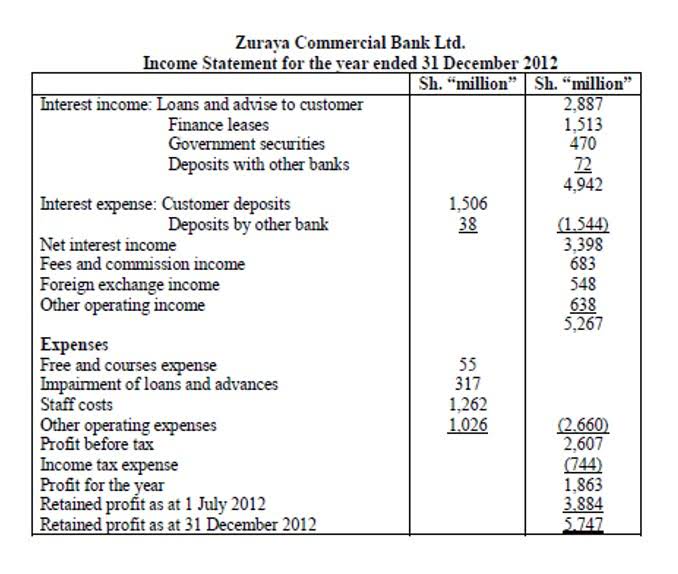Financial Statements

When funds are reclassified, they are typically reported as revenue in the unrestricted net assets section. This can lead to a noticeable increase unrestricted net assets in total revenues, providing a more comprehensive view of the organization’s financial performance. By accurately reporting these changes, nonprofits can offer a transparent account of how donor contributions are being utilized, thereby reinforcing donor confidence and fostering long-term support. Accurate financial reporting is indispensable for nonprofits, as it ensures transparency and accountability to donors, stakeholders, and regulatory bodies.

The Easiest Way to Keep Tabs on Restricted Funds

Grants receivable means grant funding that has been committed to the organization but not received. The above conversation is fictitious, but it follows some of the conversations we’ve had with folks over the years. A common misperception is that net assets equals the amount of resources the organization has immediately available to spend. Before we illustrate a sample statement of activities, let’s take a closer look at its components.

Accounting for Released Net Assets

The process begins with the preparation of financial statements, which typically include the statement of financial position, statement of activities, and statement of cash flows. These documents provide a comprehensive overview of the organization’s financial health, detailing assets, liabilities, revenues, and expenses. The release of net assets from restrictions has a profound effect on a nonprofit’s financial statements, influencing both the balance sheet and the statement of activities. When temporarily https://www.bookstime.com/articles/indirect-cost restricted net assets are released, they are reclassified as unrestricted net assets, which can significantly alter the organization’s financial landscape.
- Regular internal audits can help verify that funds are being used in accordance with donor intentions.
- The above conversation is fictitious, but it follows some of the conversations we’ve had with folks over the years.
- We call revenue from these sources restricted funds because you’re not free to use them however you please.
- Beyond that, you may want to track grants, endowments, or large-money funders in funds of their own.
- If that is not clear, then the expenses should be reported in the period in which they are used up.
- In conclusion, unrestricted net assets give companies a great deal of flexibility and opportunity, making them an essential part of any well-run business.
- The following table compares the main financial statements of a nonprofit organization with those of a for-profit corporation.
What Is the Difference Between Unrestricted Net Assets and Restricted Net Assets?
An increase in unrestricted net assets can signal to stakeholders that the organization is in a strong financial position, capable of responding to immediate needs and opportunities. This can be particularly important for securing additional funding or attracting new donors, as it demonstrates prudent financial management and the ability to https://x.com/BooksTimeInc meet operational demands. Permanently restricted net assets are funds that donors have designated to be maintained in perpetuity. These assets are often part of an endowment, where the principal amount is invested, and only the income generated from the investment can be used for specific purposes.
How fund accounting works:
Navigating the accounting standards for restricted net assets is a fundamental aspect of nonprofit financial management. These standards ensure that organizations accurately report their financial position and adhere to donor restrictions. On the balance sheet, the shift from restricted to unrestricted net assets can enhance the organization’s liquidity and financial flexibility. Unrestricted net assets are often viewed as a measure of financial health, as they represent funds that can be used at the nonprofit’s discretion.
- The calculation of unrestricted net assets is important because it provides a clear picture of the funds that an organization has available to support its operations.
- We love all kinds of net assets, though we have a special place in our hearts for unrestricted net assets.
- When temporarily restricted net assets are released, the accounting process typically involves two key entries.
- For example, releasing a large sum of temporarily restricted net assets at the end of a fiscal year can significantly alter the organization’s financial position.
- For the analyst, investor, or accountant familiar with for-profit financial statements, the hardest part of making the jump to the non-profit world will be learning the new vocabulary.
- For example, a donor might contribute to a scholarship fund with the stipulation that the money be used within a certain academic year.
- Additionally, nonprofits should establish a process for re-evaluating donor agreements periodically, especially if the organization’s circumstances or the donor’s intentions change over time.
- Another critical aspect of managing these assets is maintaining a healthy reserve fund.
- When a donor doesn’t specify exactly where or how the non-profit is to use the given donation, the contribution is considered to be unrestricted.
- Also that’s the way we’ve always said it until a recent accounting pronouncement introduced the new language.
- Moreover, the timing of these releases can impact the financial statements in various ways.
- Permanently restricted net assets are contributions that donors have stipulated must be maintained in perpetuity.
- External and direct internal investment expenses are netted with investment income and should not be included in the expense analysis.
Accurate journal entries are fundamental to managing the release of net assets from restrictions. These entries ensure that the financial records reflect the true state of the nonprofit’s finances. When temporarily restricted net assets are released, the accounting process typically involves two key entries. First, the organization debits the temporarily restricted net assets account, reducing the balance to indicate that the funds are no longer restricted. Simultaneously, a credit entry is made to the unrestricted net assets account, increasing its balance to reflect the newly available funds. This dual-entry system maintains the integrity of the financial statements, providing a clear audit trail for stakeholders and auditors.
Share this post on:




